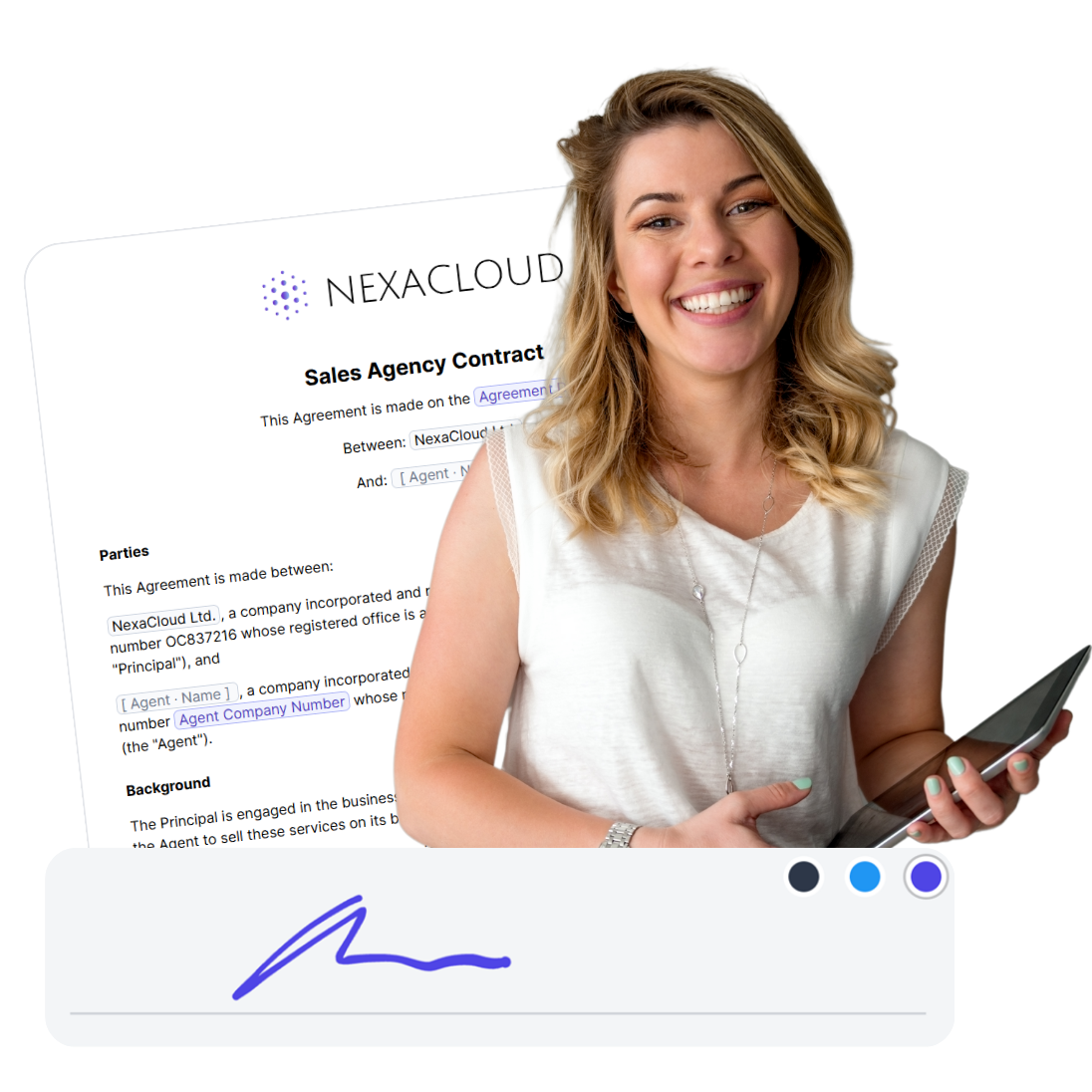Natural Language Processing (NLP)
NLP or Natural Language Processing refers to all tasks that enable a computer to process data in human language.
What is Natural Language Processing?
Natural Language Processing, or NLP, is a fascinating field that sits at the crossroads of artificial intelligence (AI). Imagine having a conversation with your computer as easily as you would with a friend. NLP is the science that is working to make this a reality by enabling machines to understand, interpret, and respond to human language in a meaningful way.
The Essence of NLP
At its core, NLP is about bridging the gap between human communication and digital data. This involves teaching computers how to recognize speech, understand text, and even generate language on their own. It’s a challenging task because human language is complex, filled with nuances, idioms, and a vast array of expressions that vary from one language to another.
Why NLP Matters
The applications of NLP are vast and transformative across various sectors:
In Business: About 80% of data within organizations is unstructured text. NLP helps in extracting valuable insights from this data, aiding in decision-making processes.
In Healthcare: NLP can sift through vast amounts of medical records to identify patterns, improve diagnoses, and enhance patient care.
In Customer Service: From chatbots that handle customer inquiries to systems that analyze customer feedback across social media, NLP is improving the efficiency and quality of customer service.
In Legal Systems: NLP is used to analyze legal documents, helping professionals find relevant cases and information faster than ever before.
How Natural Language Processing (NLP) Works
Natural Language Processing (NLP) is a multidisciplinary field that combines knowledge from computer science, artificial intelligence (AI), and linguistics. The goal is to enable computers to understand, interpret, and generate human language in a way that is both meaningful and useful. Here’s how it works in more detail:
1. Text and Speech Processing - NLP systems begin by processing raw language input—this can be text (like this article) or speech (like a voice command). For text, the process might start with segmenting text into sentences and sentences into words, a process known as tokenization. For speech, it involves converting speech to text through speech recognition technologies.
2. Parsing and Part-of-Speech Tagging - Once the text is tokenized, the system analyzes the structure of sentences to understand the grammatical relationships between words. This involves parsing sentences to identify subjects, verbs, objects, and other components. Part-of-speech tagging further classifies words into their respective parts of speech (nouns, verbs, adjectives, etc.), helping the system grasp the function of each word in a sentence.
3. Understanding Context and Semantic Analysis - Understanding the context is crucial for interpreting the meaning of words and sentences correctly. Words can have different meanings depending on their context. Semantic analysis involves determining the intended meaning of a word or sentence. Techniques like Word Sense Disambiguation (WSD) are used to identify the correct meaning of words based on context.
4. Machine Learning Models - At the heart of modern NLP are machine learning and deep learning models. These models are trained on vast datasets of text, learning patterns, and structures of language. They can then apply this knowledge to new, unseen text. Techniques such as Natural Language Understanding (NLU) enable the system to not just process language but to understand its nuances, emotions, and intentions.
5. Named Entity Recognition (NER) and Relationship Extraction - For many applications, identifying specific entities (like names, places, and dates) and the relationships between them is important. NER techniques are used to categorize words into predefined groups, while relationship extraction identifies how entities are related to each other within the text.
6. Sentiment Analysis - Sentiment analysis is a popular NLP application that determines the sentiment or emotional tone behind a piece of text. It helps in understanding customer opinions, market trends, and social media sentiments, among other things.
7. Language Generation - Beyond understanding language, NLP also involves generating language. Natural Language Generation (NLG) technologies enable computers to produce text that is coherent and contextually relevant, ranging from summarizing information to generating responses in a conversation.
Incorporating NLP into a Contract Management Software as a Service (SaaS) can revolutionize how businesses create, analyze, and manage their contracts. This section explores how NLP can be leveraged in such a platform, offering significant benefits in terms of efficiency, accuracy, and insights.
Utilizing NLP in Contract Management
Contract management involves dealing with a large volume of documents that are critical for business operations but are often complex and time-consuming to manage manually. NLP technologies can transform this process by automating and enhancing various aspects of contract management.
1. Automated Contract Creation - NLP can automate the drafting of contracts by understanding the requirements specified by users in natural language. By analyzing a set of inputs or answers to predefined questions, the system can generate contract drafts that are tailored to specific needs, saving time and reducing the potential for human error.
2. Intelligent Contract Review - Reviewing contracts can be a daunting task, especially when dealing with hundreds or thousands of documents. NLP can quickly analyze the text within contracts, identifying key clauses, obligations, rights, and potential risks. This allows legal teams to focus on critical issues rather than spending time on routine reviews.
3. Clause Extraction and Analysis - One of the most powerful applications of NLP in contract management is the ability to extract and analyze specific clauses. This includes identifying non-standard clauses, comparing clauses against a library of preferred or standard clauses, and flagging any deviations for further review. This process ensures consistency and compliance across all contracts.
4. Semantic Search and Retrieval - NLP enhances search functionality by allowing users to search for contracts based on the meaning of their queries rather than relying solely on keywords. This semantic search capability can identify documents that are relevant to the query, even if the exact words are not present in the text, making it easier to find specific contracts or clauses.
5. Risk Assessment and Compliance Monitoring - By analyzing the language and terms within contracts, NLP can help in assessing risks and ensuring compliance with regulations and internal policies. It can automatically identify contracts that contain high-risk factors or that deviate from compliance standards, enabling proactive risk management.
6. Contract Summarization - NLP can generate concise summaries of contracts, highlighting key points, obligations, and deadlines. This feature is particularly useful for executives and managers who need to understand the essence of a contract without going through the entire document.
7. Automated Contract Renewal and Negotiation - NLP can notify users about upcoming contract renewals and suggest actions based on the analysis of the contract terms and historical data. It can also assist in the negotiation process by recommending changes based on best practices and previously negotiated terms.
Applying NLP in fynk
How fynk integrates NLP into contract management offers a game-changing approach to handling contracts. By automating routine tasks, providing deeper insights, and enhancing the overall management process, we can significantly improve efficiency, reduce risks, and contribute to better decision-making in contract management. As NLP technology continues to evolve, its application in contract management will likely become even more sophisticated, and we will further improve the capabilities of our Contract Management SaaS platform along with it.
The Evolution of NLP
The progress in NLP has been significantly boosted by advances in machine learning and deep learning. These technologies have improved the ability of computers to understand the subtleties of human language, making NLP more effective and versatile. Today, NLP technologies are becoming increasingly sophisticated, capable of understanding not just the words we use but the intentions behind them.
…and its future
As NLP technologies continue to evolve, we can expect them to become an even more integral part of our daily lives. From smarter virtual assistants to more effective communication tools, the potential is limitless. The goal is not just to make machines understand humans better but to create more natural, intuitive ways for us to interact with technology.
Conclusion
NLP stands as a beacon of progress in the quest to make machines understand human language. It’s a key component of artificial intelligence that not only promises to revolutionize how we interact with technology but also offers a deeper understanding of language itself. With each advancement, we’re moving closer to a world where communicating with a computer is as natural and effortless as chatting with a friend.
Contracts can be enjoyable. Get started with fynk today.
Companies using fynk's contract management software get work done faster than ever before. Ready to give valuable time back to your team?
Schedule demo

